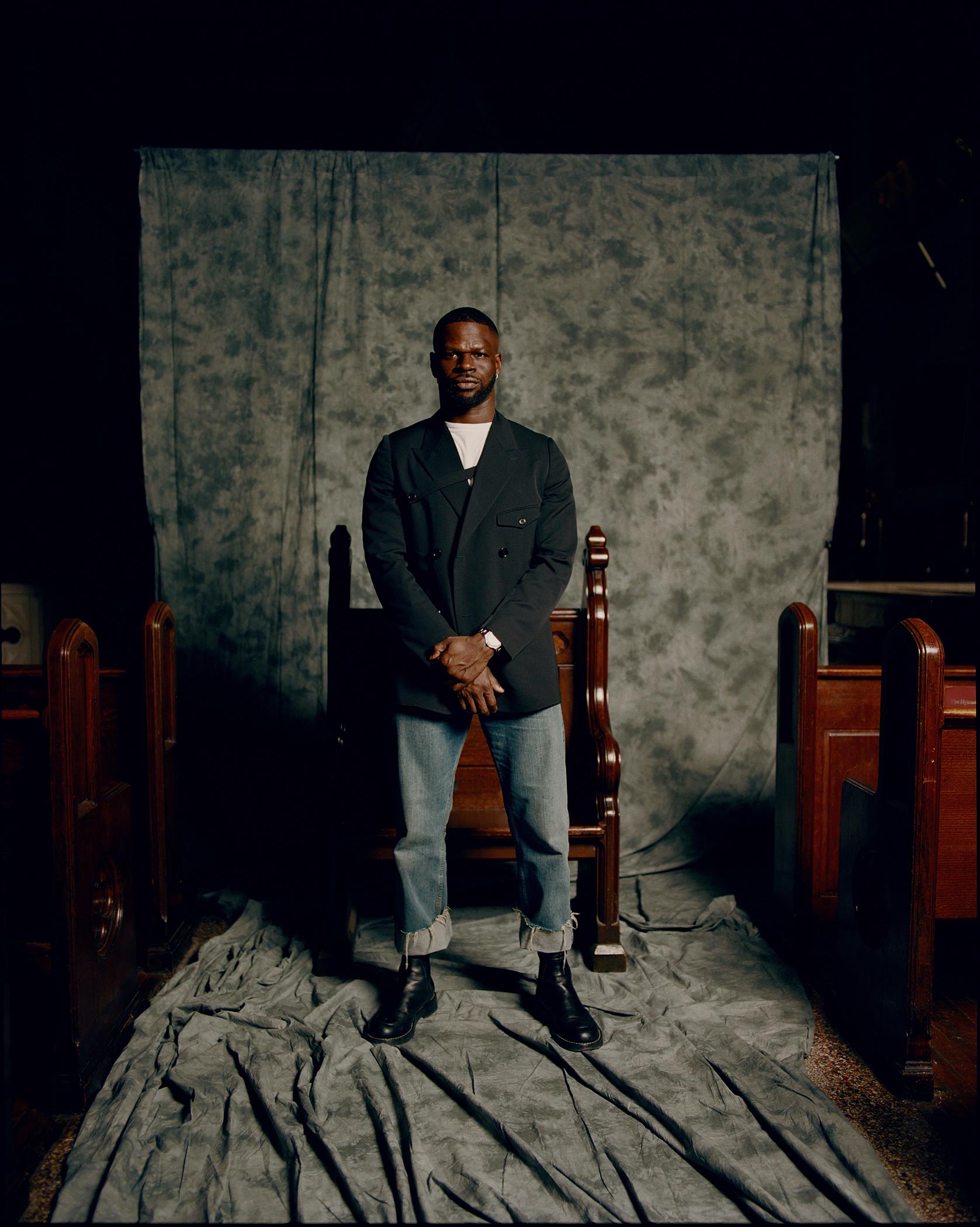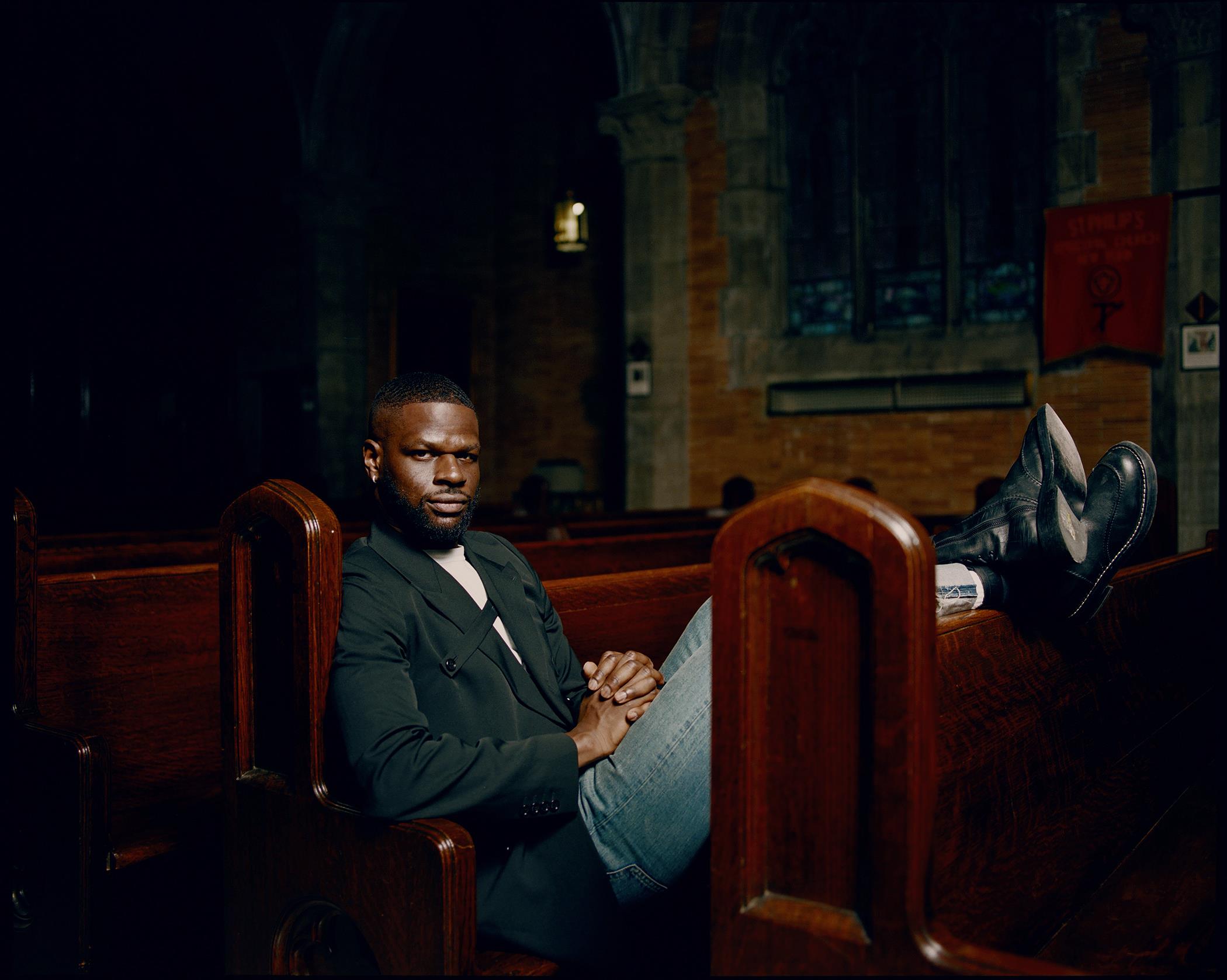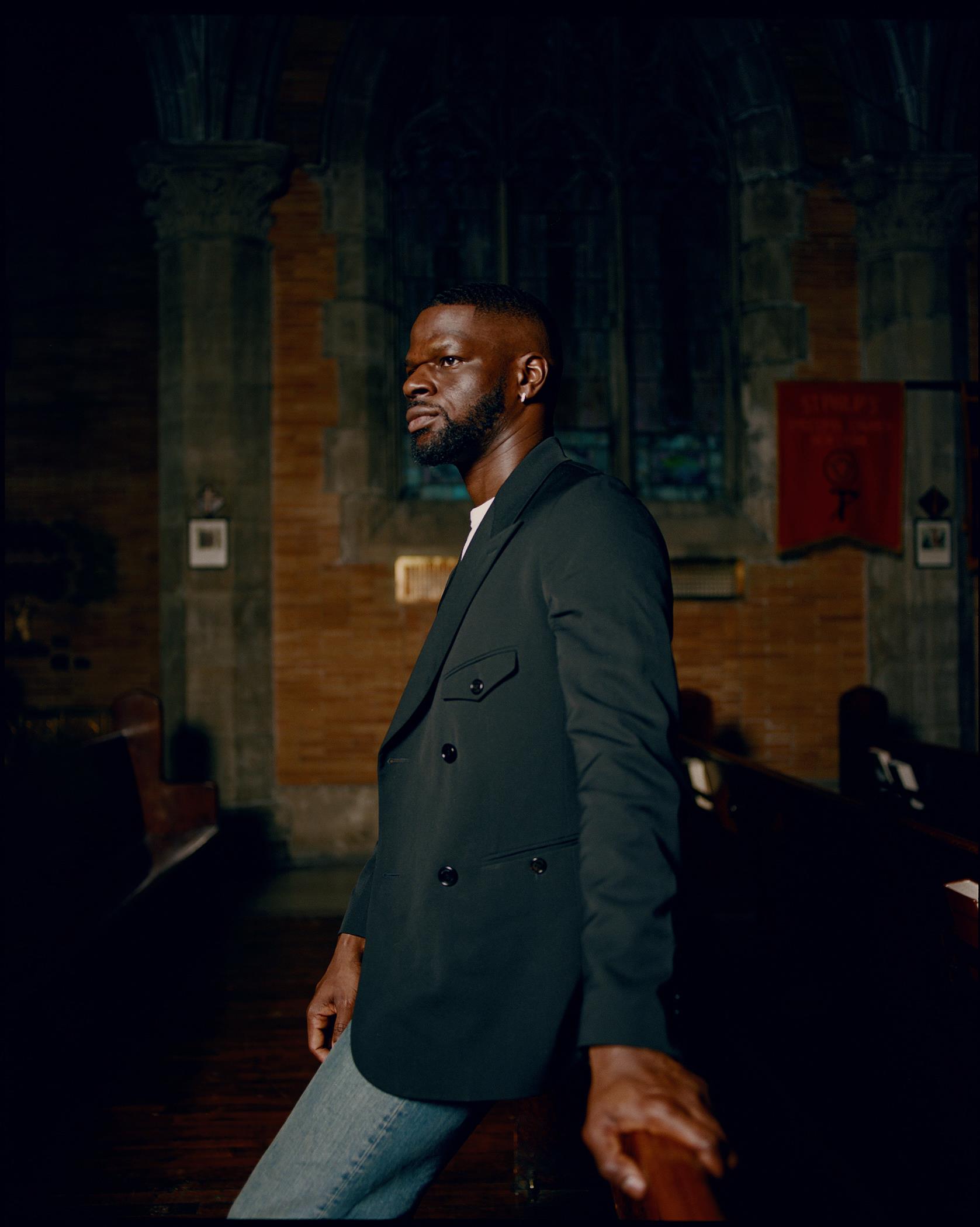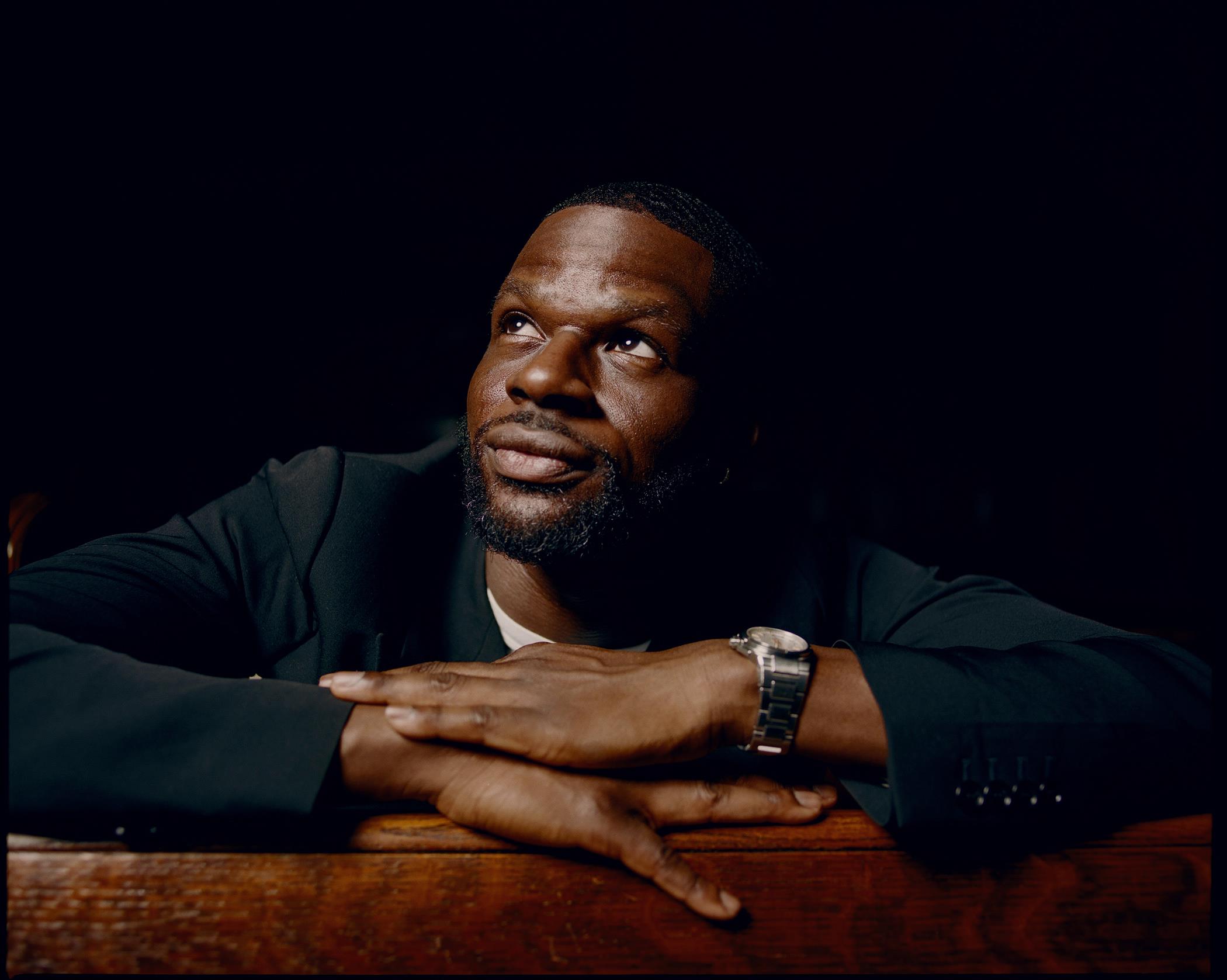What was the force that moved you to be a positive light and representation for Black + queers, in and out of the fashion industry?
“Being able to have space for us, and us being able to see each other in aspirational spaces is very huge for me. Not only does representation matter, but it is also being able to conceptualize our own story and being able to tell it too. When growing up, I did not see myself in fashion. I make sure I produce imagery at K.NGSLEY for the 10-year old kid inside me. If I was that kid now, I would cut these images out of a magazine, put them all over my binders, and tape them in my school locker. I hope to have a reach for the new generation of queer babies who can see themselves in spaces that they are aware of and have every right to exist in loudly.”
How will K.NGSLEY continue to educate people of Black and queer culture’s identities?
“It is in everything that I do. At least, I try to educate people or just give people a lesson on Black and queer culture. A lot of the knowledge I share is rooted in Ballroom culture.
Last season, our campaign and runway show was called “Back to C*nt”, we wanted to make the girls feel it. We broke down what “c*nt” means in the scene. For us Black and queer people, it is a noun: person, place, or thing but it is also an adjective and feeling derived in the context of hyper-femininity. This person, place, or thing can be soft and really sharp, which makes it fierce. We included others like Female Figure (a cis-woman, drag-queen or transwoman) who exemplifies these descriptions in our latest campaign.
With K.NGSLEY I hope to forge a better understanding of what our culture consists of and where our vernacular and history comes from, while also being able to have the spirit of it live in my work.”
Your Your Story Told Your Way Black History Month series celebrates fashion leaders and creators via curated conversations that welcome authenticity and honor brand identities. These conversations steer clear of trauma to encourage fashion leaders to also be a beacon of light.
Photographed by Kendall Bessent at the historic St. Philip’s Episcopal Church, the first parish for Black people, architected by Vertner Woodson Tandy.











